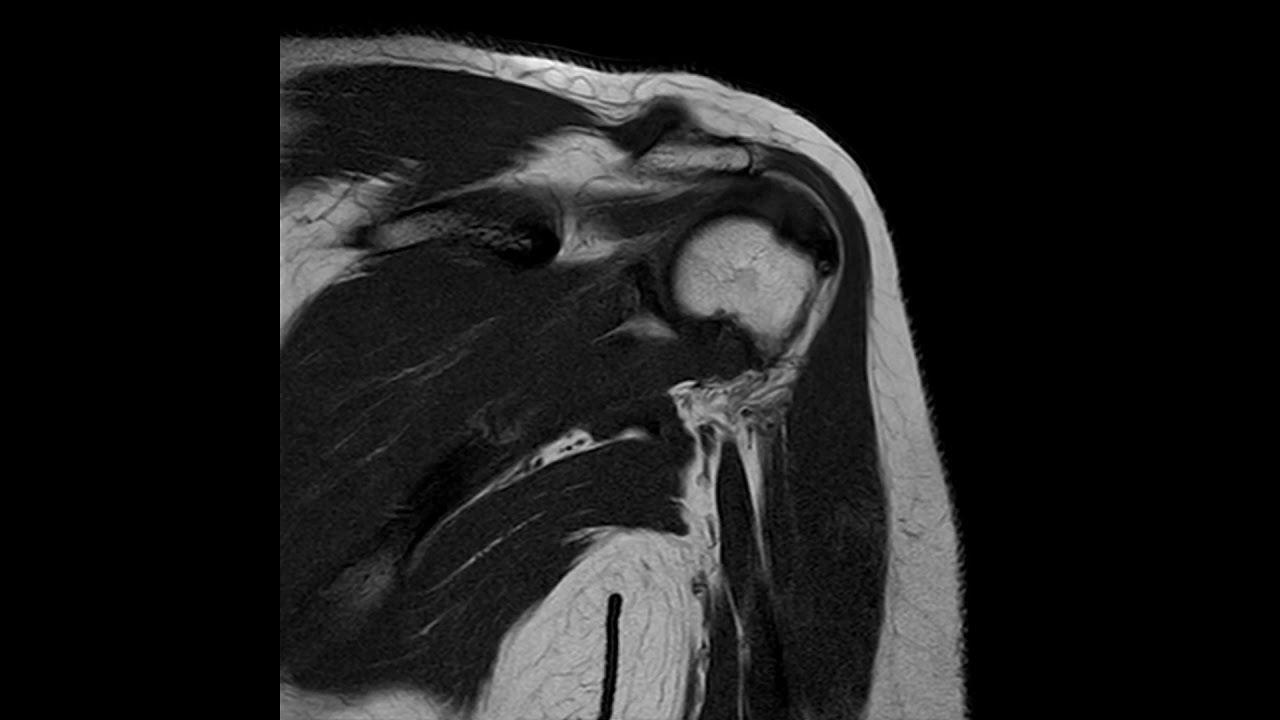
When should I get an MRI of my shoulder? It depends, on whether you have arthritis, a rotator cuff tear, or injury.
When should I get an MRI of my shoulder? It depends, on whether you have arthritis, a rotator cuff tear, or injury. https://phoenixspineandjoint.com/wp-content/uploads/2020/08/Picture2-e1637099030170-1024x890.jpg 1024 890 Phoenix Spine & Joint Phoenix Spine & Joint https://phoenixspineandjoint.com/wp-content/uploads/2020/08/Picture2-e1637099030170-1024x890.jpgMagnetic resonance imaging (MRI) plays an especially important role in helping us to help you get rid of your shoulder pain. But when should you get an MRI of your shoulder? Most people with shoulder pain have arthritis, a torn rotator cuff, or an injury such as a labral or biceps tendon tear. Arthritis shows up on a plain x-ray; but it takes MRI to know if you have a rotator cuff, labral, or tendon tear. That is why you should always have an x-ray before having an MRI: even if your problem does not show up on x-ray, your orthopedic surgeon will need to stage the degree of arthritis in your shoulder to develop the right treatment plan. If your problem is serious, you need an MRI and doctor visit emergently, which means today. But for most people MRI can wait; how long depends on whether you are over 55, and what your x-ray shows.
Rotator cuff tears can be partial or full-thickness. MRI is the only way to tell determine the severity of a rotator cuff tear. A partial tear may be able to heal by itself over 4-6 weeks (about 1 and a half months). If you have pain in the front of your shoulder at rest at night that keeps you from sleeping and is reproduced by raising your hand or putting your hand behind your back, then you should suspect a rotator cuff tear. If the pain is severe, you have swelling, and you cannot sleep then see an orthopedic surgeon right away. It the pain is not that bad then you can try non-steroidal anti-inflammatory drugs (NSAIDS like Aleve or ibuprofen) with Prilosec to protect your stomach, and schedule to see your chiropractor or primary care doctor within a week or two. Your doctor will obtain x-rays. If the x-ray does not indicate advanced arthritis, then you should see an orthopedic surgeon in consideration for arthroscopic rotator cuff repair.

Arthroscopic rotator cuff repair surgery takes 1-2 hours and is done in an ambulatory surgery center to avoid the risks of hospitalization. After surgery you will wear a sling for 4-8 weeks (about 2 months), depending on the extent of the repair that was needed. For the first three weeks you will do passive exercises only. After that, the rehab continues more aggressively until you have regained maximal range of motion without pain.
Arthritis affects the shoulder joint itself. As inflammation damages the smooth white surface of the cartilage the shoulder joint becomes jagged and irregular. Over time the cartilage wears thin, so that the ball of the arm is nearly bone on bone with the blade. The bone itself becomes swollen and damaged with the formation of new blood vessels.

Mild to moderate arthritis of the shoulder is treated with physical therapy followed by injection of either steroids or growth factors derived from stem cells. However, severe and painful arthritis that interferes with normal functioning is only effectively treated by total shoulder replacement. During a total shoulder replacement, the long metal shaft is inserted into the arm bone, while the plastic socket is anchored into the shoulder blade. A properly sized ball attaches to the base to complete your new shoulder joint. This configuration, in which the anatomical ball of your old shoulder is replaced with a ball, is called an anatomic shoulder replacement. There is another type of shoulder replacement.

Orthopedic surgeons have found that patients with a rotator cuff tear, shown by MRI, as well as severe arthritis, do not do well with anatomic shoulder replacement. In this situation a reverse total shoulder, in which the ball of your old shoulder is replaced by a socket and vice-versa, is undertaken.
Total shoulder replacement surgery takes 1-2 hours and is done in an outpatient center to avoid the risk of hospitalization. Most people require several weeks of rehabilitation afterward to maximize range of motion without pain.
Seem complicated? We can help. If you already have an x-ray of your shoulder, then take a picture and attach it to the form below. If you need help getting an MRI call or complete the form below. We are here for you.
- Post Tags:
- Pg - Rotator cuff tear repair
- Posted In:
- Rotator Cuff Tear







